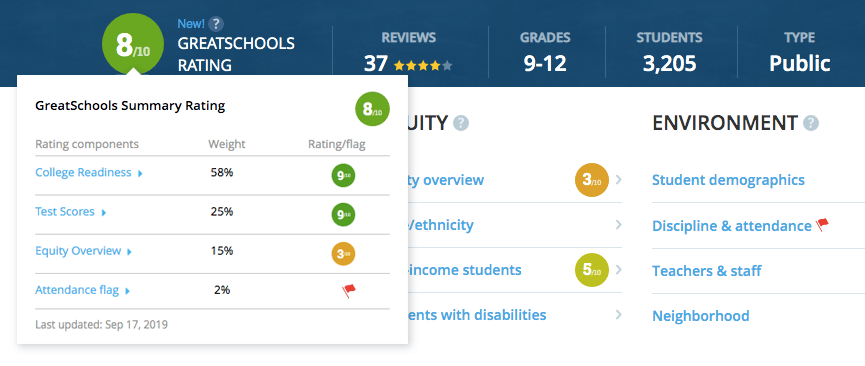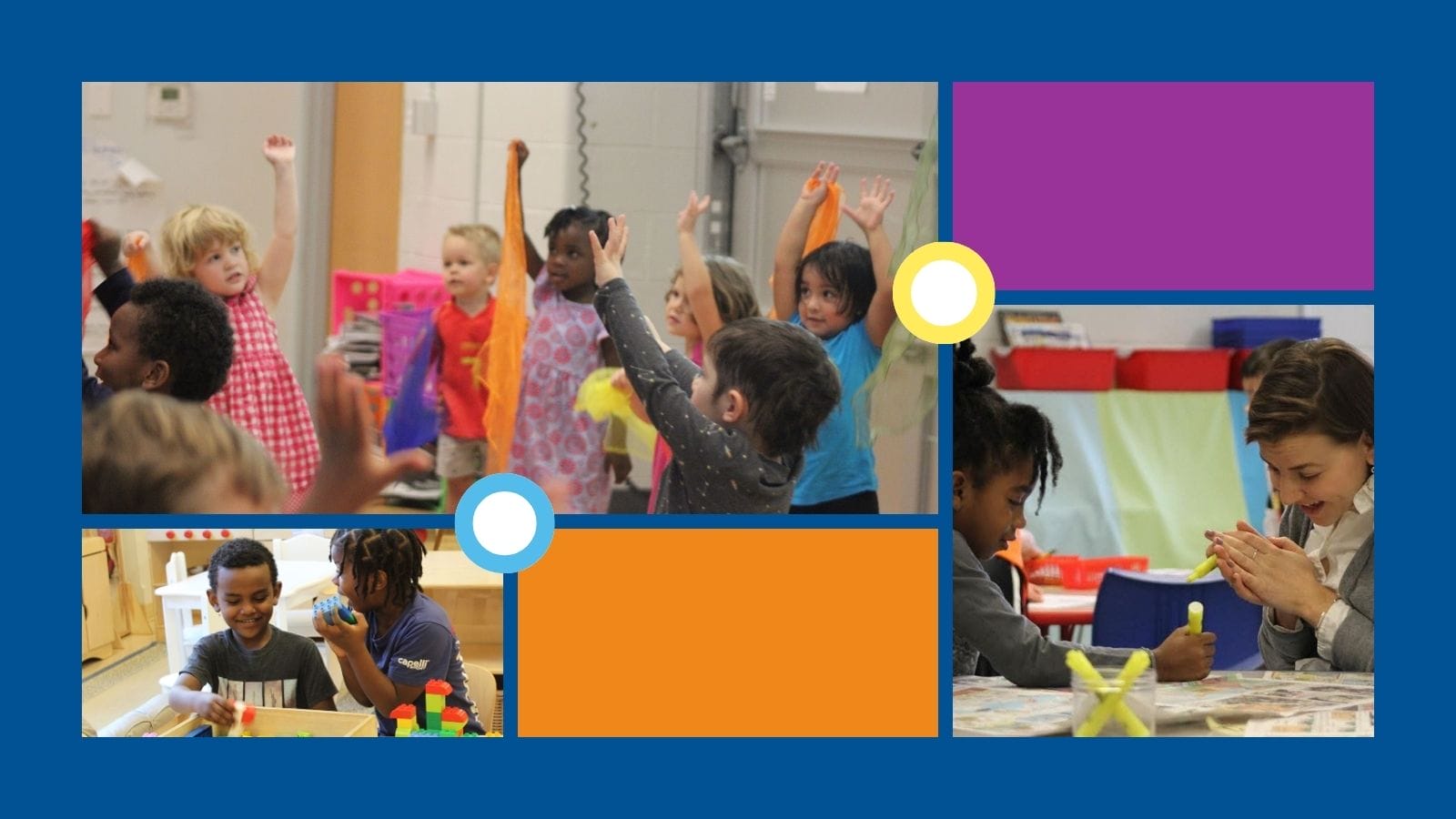
February 5, 2024
By Michelle Welk, Marketing & Communications Specialist
Though our son, Kenzo, is only two-and-a-half years old, my husband George and I are in the position of determining the course of the rest of his life (I’m only half-joking): it’s time to figure out where he’ll go to preschool this fall.
We live in New York City, where we are fortunate to benefit from a near-universal 3K program. If we want, and if we’re lucky enough to get a spot, Kenzo can attend a public school-day program free of charge. Conversely, we can choose from the many private options available in Manhattan, which all tout the prestigious grade schools their alumni attend – and have tuitions that rival what I paid for my undergraduate degree.
Each option, and every school within each option, has its unique benefits. The DOE 3K program is free and there are several schools within a few blocks of our apartment. Kenzo would be learning alongside peers who live close enough for regular playdates. I could easily grab a coffee with the parents I meet at drop-off. We’d be supporting local public schools and our community.
Or, with a commute on the 1 train, Kenzo could attend a play-based private school, where small groups of students make regular trips to the local park and have an entire indoor space dedicated to climbing on things. Or, there’s the Montessori school a few blocks further south or the Reggio school a few blocks to the west.
Small classes with plenty of autonomy? Structure and rigorous academics? Kenzo’s not potty trained yet, but I find myself worrying about whether not doing a Spanish immersion program will be a disadvantage when he’s looking for a job in 20 years.
Navigating our choices while simultaneously trying to discern the “quality” of each school is overwhelming. As we schedule classroom visits and begin to fill out applications, my husband and I have the same conversation we started before Kenzo was even born: What makes a school “good?”
There are many school rating websites, which offer nominally objective, though often objectionable, criteria. Other parents have opinions on which schools are “good” and which they would never send their children to, but other parents also say they don’t let their kids have screen time, while Kenzo can sing the Paw Patrol theme.

Though Googling has convinced me that many, many factors determine a school’s “goodness,” during my time with Inspired Teaching, I’ve come to believe that one thing above all else informs the learning experience: the presence of joy, one of Inspired Teaching’s 5 Core Elements. In classrooms and schools where teachers and students are happy to be there, all the other “good” things – academic success, authentic learning, a sense of community and belonging – follow, and serve to reinforce the joyful environment.
It begins with teachers who are engaged with and excited about their work. When teachers are supported by school leaders and the larger school community – with supplies and resources, of course, but also with trust, respect, and autonomy – they are enthusiastic about their role, and that directly impacts how enthusiastic students are about theirs.
In the context of a school visit, where time may be limited, here are some things I look for that tell me “There’s joy in this classroom!”:
- Classroom walls that showcase progress rather than the final product. When the process is celebrated, students are taught that learning itself is the goal, an intrinsic motivator that instills confidence. Feeling competent, especially for young children who are just beginning their school journey, is a core need and building block for future academic success.
- Curious students. Walking into a class of three-year-olds is guaranteed to cause a bit of disruption (especially if your own toddler is accompanying you). Students who are encouraged to say hello, ask questions of their guests, or even share insights into what they’re learning are students with a teacher who values and respects their curiosity, even when it interrupts scheduled programming.
- A little bit of chaos. While I wouldn’t want to see one child in a corner screaming while another jumps off a desk while another spills paint all over someone else’s backpack, I wouldn’t want to walk into a classroom with neat chairs in neat rows where children are sitting silently in a neat circle on the floor, either. Learning is messy, literally and figuratively, and it’s important to me that Kenzo learns in an environment where mistakes are welcome and there is freedom to wiggle, without a prioritization on form and order.

Inspired Teaching’s mission is to make this search an unnecessary one for parents. We envision a future in which every school will be filled to the brim with teachers whose dedication and delight in their teaching translates into a rich, curiosity-fueled education for every child. But until then, while my husband and I schlep around the city to check out this school or that, one thing we are consistently looking for isn’t state-of-the-art toddler technology or classrooms overflowing with aesthetically pleasing wooden toys. It’s smiles.
For additional insights, resources, and information on Inspired Teaching teacher and youth programming, subscribe to the Hooray For Monday newsletter!

